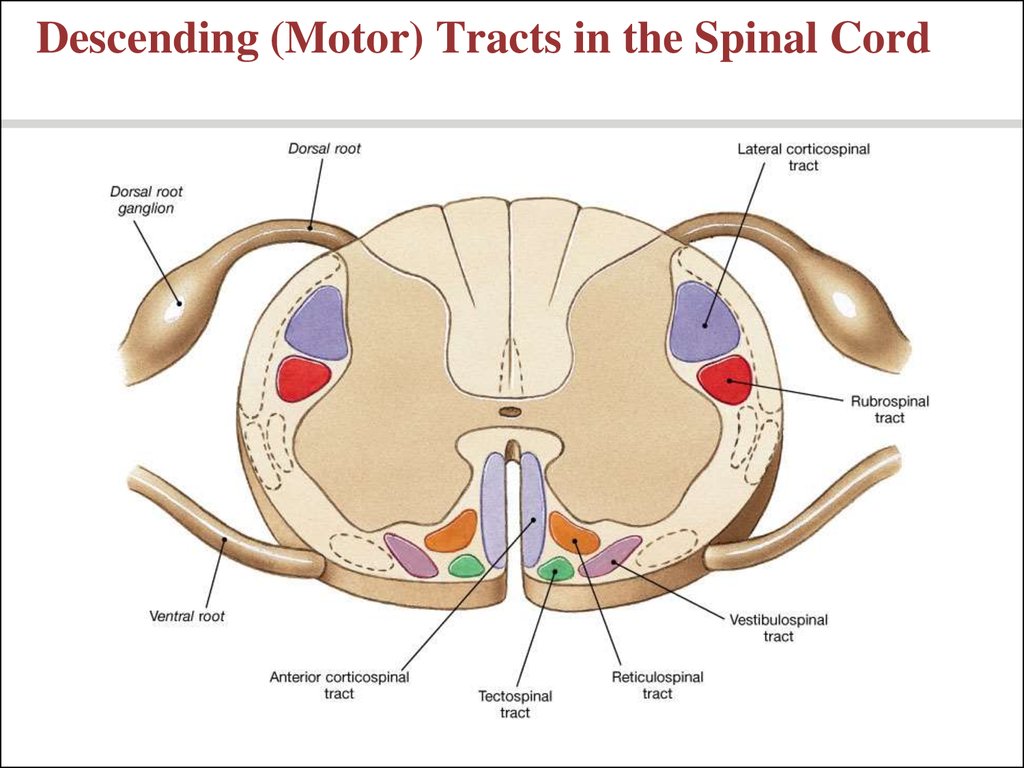
Modern experiments have shown that neurons in autonomic ganglia do not have inbuilt discharge patterns sufficiently integrated to regulate physiological functions, with the possible exception of neurons within the enteric nervous system of the small and large intestines. Moreover, the discovery of primary afferent neurons that are part of the ANS, but lie entirely outside the CNS, and make no direct connection with the CNS, make it difficult to conceive of the ANS as an entirely efferent system (Furness 2006 see further below). In his introduction to the ANS (1903) he wrote that it is possible to “consider as afferent autonomic fibres those which give rise to reflexes in autonomic tissues, and which are incapable of directly giving rise to sensation”. It should be noted that Langley did not completely adhere to this simplification. He nevertheless continued the tradition whereby the ANS is seen as functioning in its own right, with independence from the CNS. Langley noted the absence of sensory (afferent) nerve cell bodies in autonomic ganglia and defined the ANS as a purely motor system. Langley (1852-1925) coined the term autonomic nervous system.

Phillipe Pinel, one of the founders of psychiatry, and Bichat’s teacher, even considered mental disease to be caused by abnormal function of these ganglia, and modern psychiatry still refers to "vegetative functions". Vegetative life was seen as connected with the passions and independent of education, governed by independently functioning abdominal ganglia, a chain of “little brains”. Bichat (1771-1802) divided life into two distinct forms, one (relational life) governed by the brain, and the other (organic, vegetative, life) by the abdominal ganglia. We have “gut feelings”, the heart is the “seat of love” and we “vent our spleen”. Emotions, visceral rather than rational, were linked with the functions of the internal bodily organs. The brain, locked away in its bony case, was conceived as responsible for rational thought and for ideas that direct behavioral interactions with the external environment. History of the definition and functional conception of the ANSĮmotional feeling has traditionally been seen as distinct from rational thought.

There are also CNS components of the ANS, including brainstem and spinal autonomic preganglionic neurons that project to the autonomic motor neurons in the peripheral ganglia. Autonomic pathways, together with somatic motor pathways to skeletal muscle and neuroendocrine pathways, are the means whereby the central nervous system (CNS) sends commands to the rest of the body. The term autonomic nervous system (ANS) refers to collections of motor neurons (ganglia) situated in the head, neck, thorax, abdomen, and pelvis, and to the axonal connections of these neurons (Figure 1). Figure drawn by the authors, incorporating material from Gray's Anatomy 31st Edition 1954, and from Cannon and Rosenblueth Physiology of the Autonomic Nervous System, 1937. Figure 1: Summary of sympathetic (A) and parasympathetic (B) autonomic neural outflows from the central nervous system.


 0 kommentar(er)
0 kommentar(er)
